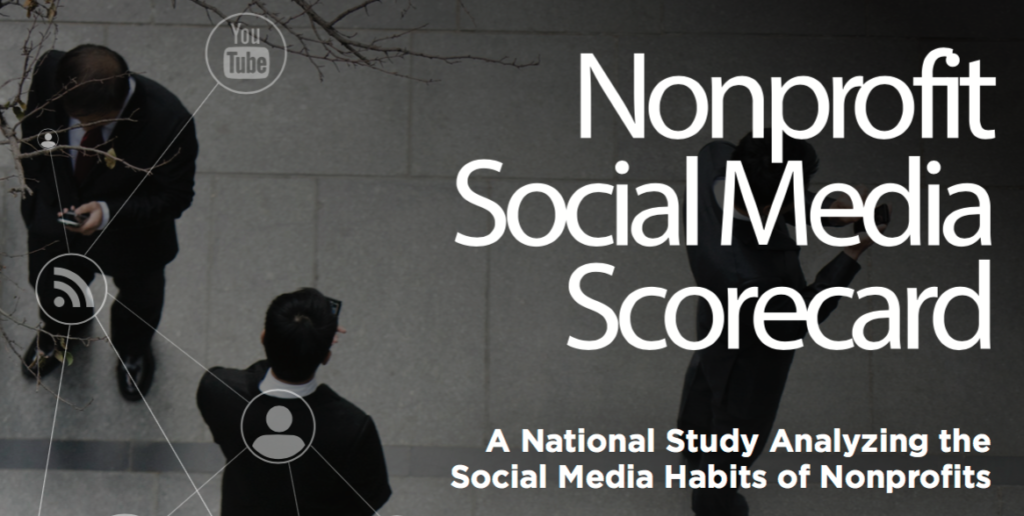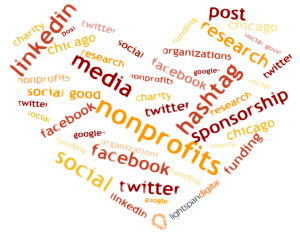Social media isn’t just about Facebook, Twitter, Instagram and the myriad of other social platforms. It’s all about the right mix. When you think about your social media and business strategy, your website (and your SEO posture), Google My Business, Bing Places for Business and other considerations need to be taken into account in order to leverage a coherent business presence and message. eMail marketing, thought by many as passe´, is actually one of your most potent weapons. Here are a few statistics and pointers on getting your email marketing act together.
Email is a potent tool in your marketing arsenal
If you are thinking, “It’s just email. Why spend time and money on it?”, think again. eMail’s ROI is a whopping 4300%, more than double your other internet channels. Plus, you have a captive audience. These are customers who have already opted in and are open to receiving and sharing your message. Leaving them out of your marketing mix puts you at risk of losing them for good. Let’s face it, we’re all addicted to email. Workers check it on average 30 times a day, making it the number one internet activity. The Direct Marketing Association’s statistics indicate that 66% of online customers have purchased because of an email they received.
Unlike social media channels, your email message is invited into a potential customer or supporter’s inbox. Clicking on a link in an email is a much more participatory activity than clicking like or share. Besides, you’ve worked hard to acquire that email address. There’s a cost associated with that acquisition. Not working to make it pay off is ignoring core business principles of service and value that separate you from your competitors.
Breaking through the email logjam
We’ve all heard it. “I get hundreds of emails every day. I don’t have time to pay attention to everything.” True. That’s why providing timely, targeted, relevant and – here’s the important part – helpful information to your audience is the key to getting real results. If you are doing it right, you are not selling them something; you are providing a service that solves a problem. If you flood their inbox with a constant stream of irrelevant messages they’ll tune you out faster than a teenager being explained the merits of their curfew.
This means I can stop all my other social media activities, right?
No. eMail should be an integral part of a comprehensive digital marketing plan. As social media has matured many platforms are geared for business. Don’t mistake your personal Facebook page for a carefully managed business page and Facebook ads (highly targeted and customizable and available at a very low cost). eMail augments your overall efforts but doesn’t replace existing tools.
Getting your act together
Here’s a few helpful tips once you’re ready to get serious about your email marketing.
- Love your list. Your email list needs care and feeding in order to be effective. If your list is too small or is stale, freshen it up with a campaign to get existing clients re-engaged and redouble your efforts you capture new clients. Offer them something relevant and of value for free and have them sign up to get it. It doesn’t have to cost much to do this. Don’t send them a free pen. Create a downloadable pdf with timely, helpful advice that is relevant to them. If you are reading this blog, then you get the picture. This message can just as easily be turned into pdf PowerPoint slides and sent to them after they sign up for it at your website.
- Learn or work with an agency and use a professional email management tools. eMail marketing Services like Emma and Constant Contact specialize in creating and measuring email marketing campaigns and will provide reporting that will give you important data like opening, forwarding and click through rates for each campaign. They also provide valuable split messaging services that allow you to see the relative success of two similar messages in the same campaign so you can choose the better performing message for the remainder of your recipients.
- Follow up, follow up, follow up. Did I forget to mention follow up? Once a new or existing customer has responded to your message thank them. They entrusted you with one of their most prized digital possessions; their inbox. Make sure they know how much you appreciate and will continue to honor their relationship with by providing timely, relevant, helpful messages.
A little bonus for reading the entire blog
Here are 10 stats that all good email marketers need to know provided by the good folks at Emma. If you want more information, feel free to reach out to me directly. steve@petersonsocialmedia.com.






